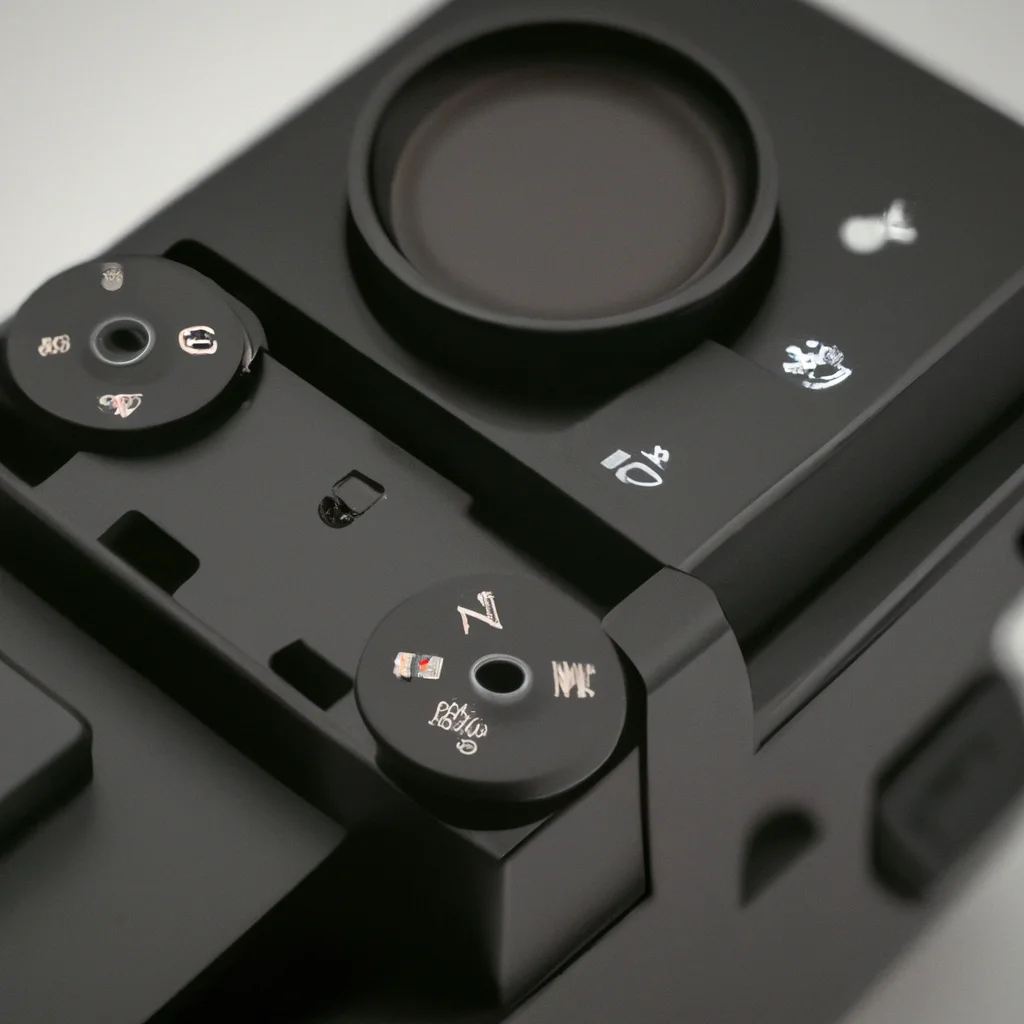How does a pinhole camera work?


How does a pinhole camera work?
A pinhole camera is a simple device that allows an image to be projected onto a surface. It is a type of camera obscura, which is an optical device that has been used for centuries by artists and scientists to study optics and image formation. In this article, we will explore how a pinhole camera works, including the principles of optics, light, aperture, image formation, and focal length.
Optics and Light
To understand how a pinhole camera works, we need to first consider the principles of optics and light. Light travels in straight lines and can be reflected, refracted, or absorbed by materials. When light passes through a small opening, such as a pinhole, it creates a diffraction pattern that can be used to form an image. This is the basic principle behind the pinhole camera.
Aperture
The aperture of a pinhole camera is simply the size of the opening that allows light to pass through. The smaller the aperture, the sharper the image will be, but the dimmer the image will appear. The larger the aperture, the brighter the image will be, but the less sharp the image will be. The aperture size is important because it determines the amount of light that enters the camera and how focused the image will be.
Image Formation
When light enters a pinhole camera, it creates an inverted image on the opposite side of the camera. This is because light travels in straight lines and is refracted when it passes through the pinhole. The image is formed by the intersection of these straight lines, which create a recognizable image on the opposite side of the camera. The image is also upside down because of the way the light rays intersect.
Focal Length
The focal length of a pinhole camera is the distance between the pinhole and the image plane. It is an important factor in determining the size and sharpness of the image. The longer the focal length, the larger the image will be, but also the dimmer the image will be. The shorter the focal length, the smaller the image will be, but also the brighter the image will be.
How to Build a Pinhole Camera
Now that we understand the principles behind the pinhole camera, let’s look at how to build one. Here are the steps:
1. Find a light-proof container, such as a shoebox or coffee canister.
2. Cut a small hole in one end of the container using a pin.
3. Cover the hole with a piece of black electrical tape.
4. Cut a square hole in the other end of the container for the image plane.
5. Tape a piece of white paper or cardstock inside the container opposite the pinhole.
6. To take a picture, remove the tape from the pinhole, point the camera at the subject, and cover the pinhole again after a few seconds.
Conclusion
In conclusion, a pinhole camera works by allowing light to pass through a small opening, creating a diffraction pattern that forms an inverted image on the opposite side of the camera. The aperture size, image formation, and focal length are all important factors in determining the size, brightness, and sharpness of the image. Building a pinhole camera is a fun and easy way to explore the principles of optics and image formation, and anyone can do it with a few simple materials.
Recent Posts
How do I create an engaging and informative online quiz or assessment?
Creating an engaging and informative online quiz or assessment can be a powerful tool for… Read More
What are the most effective methods for managing and reducing work-related stress in the hospitality industry?
Work-related stress is a common issue in the hospitality industry, where employees often face long… Read More
How can I improve my assertiveness and communication skills in a leadership position?
In a leadership position, assertiveness and effective communication skills are crucial for success. Being able… Read More
What are the key elements of a successful employee recognition and rewards program?
Employee recognition and rewards programs play a crucial role in motivating and engaging employees, as… Read More
How do I effectively manage and respond to customer feedback and reviews?
Customer feedback and online reviews play a crucial role in shaping a company's reputation and… Read More
What are the best strategies for effective time management as a stay-at-home parent?
Effective time management is crucial for stay-at-home parents who juggle multiple responsibilities on a daily… Read More